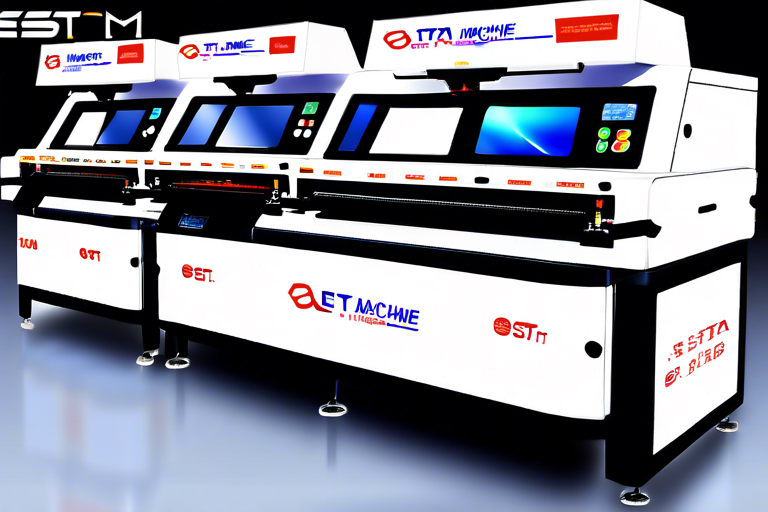In the rapidly evolving field of electronics, Surface-Mount Technology (SMT) machines have become the backbone of modern manufacturing processes. This article delves into the intricacies of SMT machines, their applications, and the impact they have on the industry.
Introduction to SMT Machines
Surface-Mount Technology (SMT) machines are advanced automated systems designed to place electronic components onto the surface of printed circuit boards (PCBs). These machines have transformed the electronics industry by enabling faster production, higher precision, and improved reliability in the assembly of electronic devices. SMT machines are capable of handling a wide range of components, from small passives like resistors and capacitors to large integrated circuits and connectors.
Types of SMT Machines
Pick and place machines are the most common type of SMT equipment. They use a vacuum nozzle to pick up components from a feeder and place them onto the PCB in their designated positions. These machines can be standalone units or integrated into a larger SMT line.
Screen printers are used in the initial stage of the SMT process to apply solder paste to the PCB. The printer uses a stencil to ensure that the paste is applied accurately and consistently, which is crucial for the successful placement of components.
After components are placed on the PCB, they must be soldered in place. Reflow ovens use heat to melt the solder paste, creating a strong electrical and mechanical connection between the components and the PCB.
Advantages of SMT Machines
SMT machines offer numerous advantages over traditional through-hole technology. They enable the production of smaller, lighter, and more complex electronic devices. The use of SMT machines also leads to reduced manufacturing costs due to their high speed and accuracy, which minimizes the risk of errors and the need for rework. Additionally, SMT machines contribute to the sustainability of the electronics industry by allowing for the efficient use of materials and the potential for easier recycling of electronic waste.
Challenges and Future of SMT Machines
Despite their many benefits, SMT machines also present challenges. As component sizes continue to shrink, the precision and speed of SMT machines must keep pace. Manufacturers must invest in advanced technology and skilled operators to maintain competitiveness. Looking to the future, SMT machines are expected to incorporate more automation, artificial intelligence, and machine learning to further improve efficiency and quality.
In conclusion, SMT machines are integral to the modern electronics manufacturing process. They have revolutionized the way electronic devices are produced, enabling greater complexity, higher quality, and more efficient production. As technology continues to advance, the role of SMT machines in the electronics industry is set to become even more critical.

